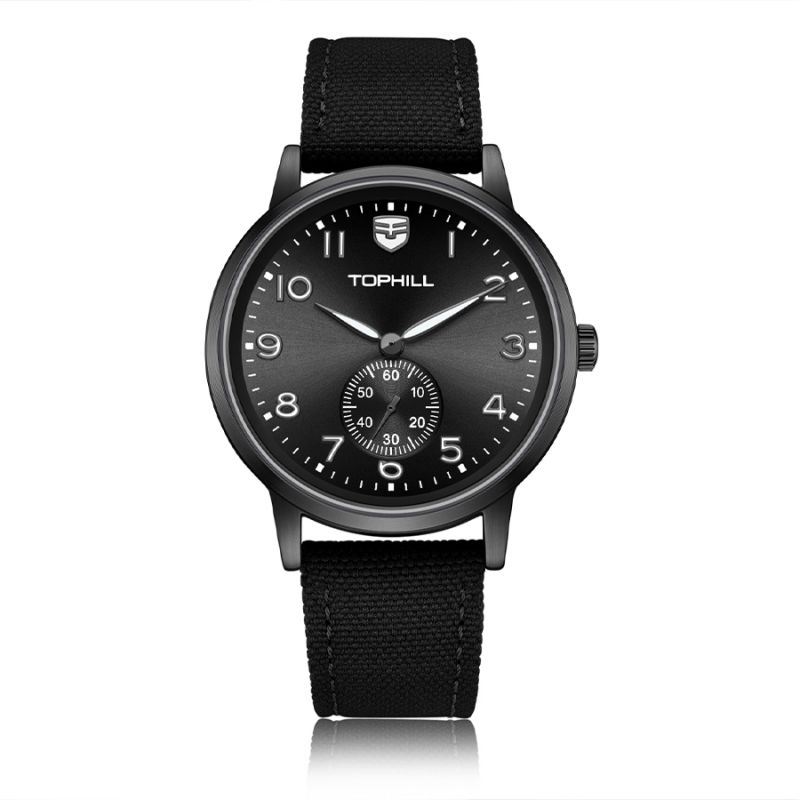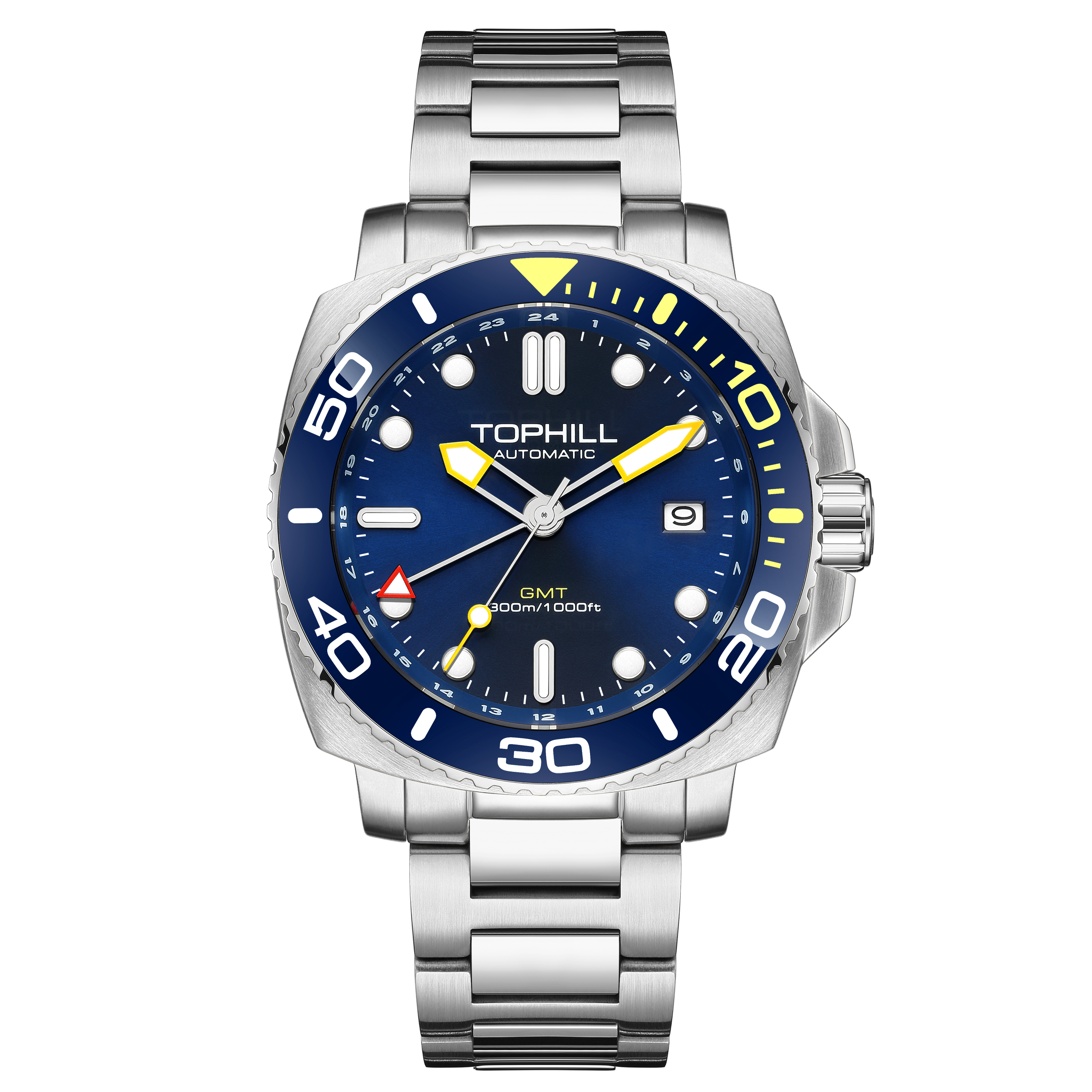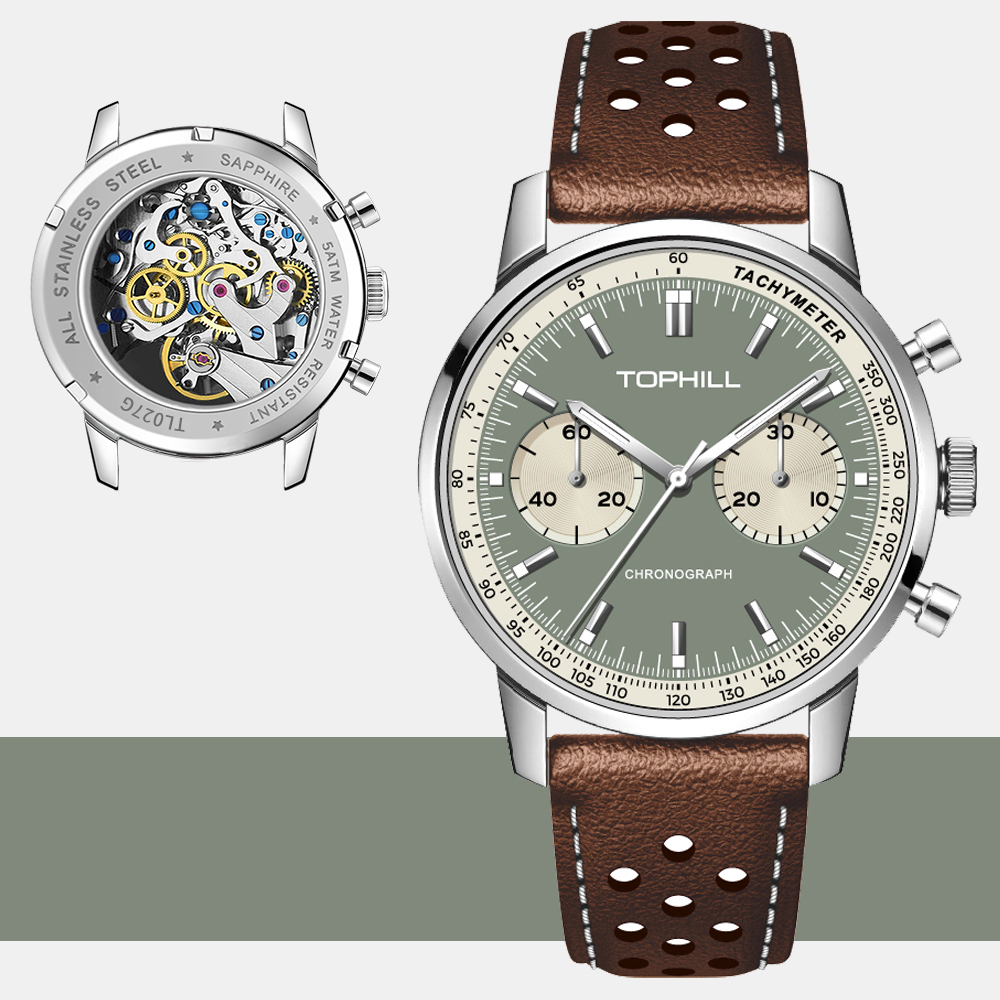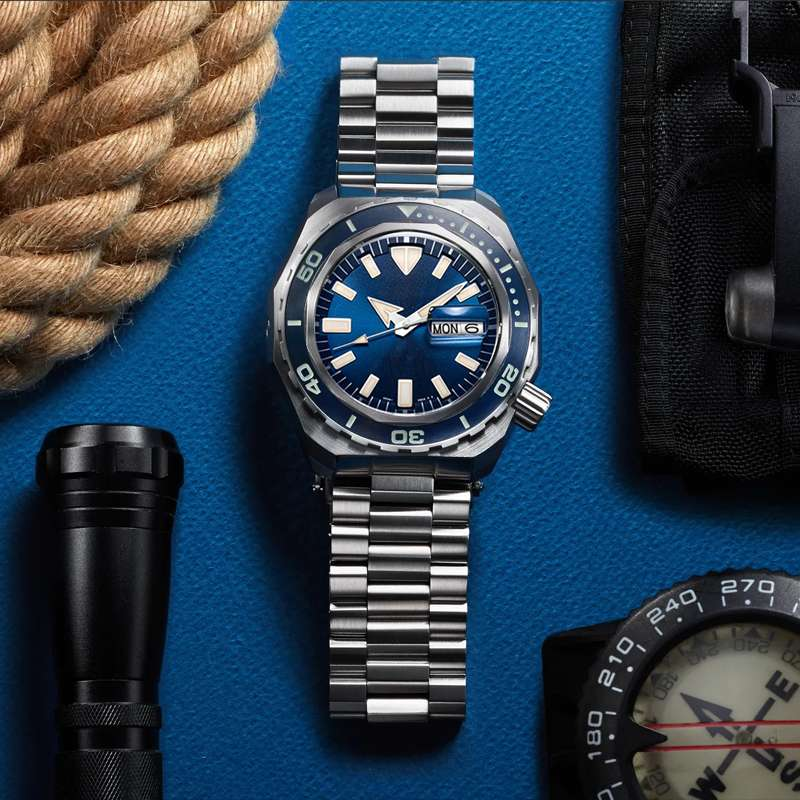In the realm of horology, achieving a satisfactory level of waterproof performance has always been a significant challenge. With the advancement of technology and the increasing demand for timepieces that can withstand water immersion, watchmakers have continuously pushed the boundaries to create truly waterproof watches. This article will delve into the rigorous testing processes and manufacturing techniques involved in achieving and enhancing the waterproof performance of watches.
The first step in comprehending the performance of a waterproof watch is to understand the water resistance ratings. The term "waterproof" is often replaced with "water-resistant," as no watch can be entirely impervious to water. Watch manufacturers employ different methods to test their watches' resistance, usually measured in meters or ATM (atmospheres). These ratings indicate the depth or pressure the watch can withstand without water entering its case.
To achieve high water resistance, watch designers focus on several crucial elements during the design and construction phases. The materials, such as stainless steel, titanium, or ceramic, are chosen for their ability to resist corrosion and seal gaps effectively. The case must be hermetically sealed, usually using gaskets, O-rings, and specialized sealants to prevent water infiltration through vulnerable points like the crown, back case, and crystal.
Gaskets play a vital role in ensuring a watch's water resistance. These small rubber or silicone rings are strategically placed within the watch's components to create a tight seal. It is important to note that over time, gaskets may wear out or degrade, compromising the watch's water resistance. Innovative sealing technologies, such as the use of oils, grease, and specific adhesives, help enhance the longevity of gaskets and overall water resistance performance.

To ensure the stated water resistance rating, watches undergo a series of rigorous laboratory tests. These tests simulate various underwater conditions, including water pressure, temperature changes, and exposure to different chemicals. The most common testing methods include the dry test, condensation test, hot and cold water test, and pressure test. Each test aims to evaluate the watch's ability to resist water penetration and ensures it meets the claimed water resistance rating.
Watch manufacturers are constantly pushing the boundaries of technology to enhance the waterproof performance of their timepieces. The introduction of new materials, such as synthetic rubies and advanced ceramics, has further improved water resistance capabilities. Advancements in sealing techniques, such as the incorporation of laser welding and hydrophobic coatings, have also contributed to making watches more resistant to water ingress. Additionally, the emergence of computer-aided design and manufacturing techniques allows for more precise construction and improved waterproofing.
To maintain the water resistance of a watch over time, regular maintenance is required. It is recommended to have the watch's water resistance checked annually by a professional watchmaker. Furthermore, proper usage and avoiding activities that exceed the watch's specified water resistance rating are crucial in preserving its waterproof performance. Watch owners should also ensure the crown is always screwed in or pushed down completely to maintain the watch's water resistance integrity.
In conclusion, achieving and testing the waterproof performance of a watch involves a meticulous and multi-faceted approach. Through careful design, construction, and the implementation of advanced sealing technologies, watchmakers have made significant strides in creating timepieces capable of resisting water immersion. Continual advancements and innovations in materials and manufacturing techniques contribute to the evolution of waterproof watches, catering to the needs of individuals leading active lifestyles. By understanding the intricacies of water resistance ratings and adhering to proper maintenance practices, watch enthusiasts can enjoy timepieces that truly stand the test of time, both on land and underwater.
 Why Do Dive Watches Have Helium Escape V
Why Do Dive Watches Have Helium Escape V
 SeaGull ST19 Movement: History and Desig
SeaGull ST19 Movement: History and Desig
 What Makes a High-Performance Sports Qua
What Makes a High-Performance Sports Qua
 Quartz Watch vs Mechanical Watch: Which
Quartz Watch vs Mechanical Watch: Which
Super Time